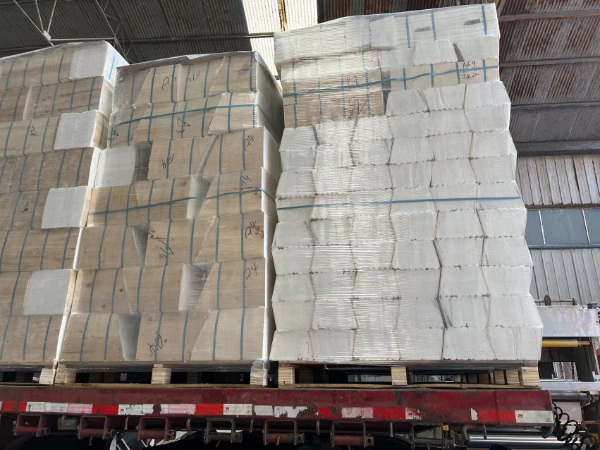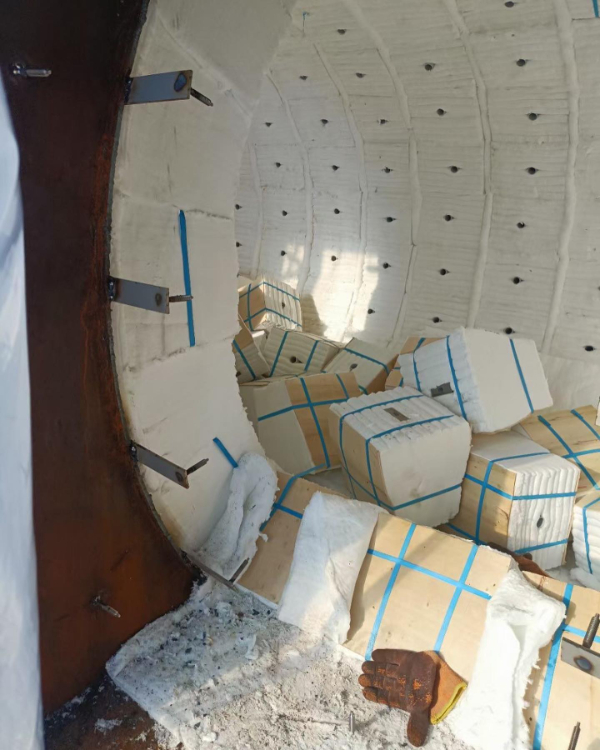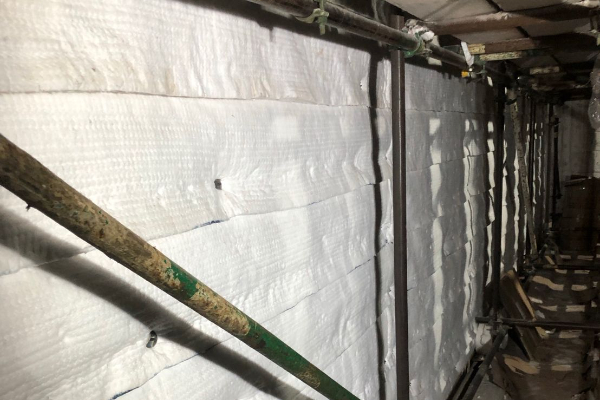The changes in ceramic fiber refractory materials at high temperatures are mainly reflected in changes in their physical properties and chemical properties.

Physical properties change
From a physical property point of view, ceramic fiber materials will expand in volume at high temperatures. This is because the movement speed of atoms or molecules in ceramic fibers will accelerate as the temperature increases, causing changes in the internal structure of the material, which is manifested as volume expansion. The degree of this expansion varies at different temperatures, but at high temperatures, ceramic fiber’s volume change is relatively small due to its special fibrous structure and solid matter.
Chemical properties change
From the perspective of chemical properties, ceramic fiber refractory materials have high stability at high temperatures and are not prone to chemical reactions with other substances. This is because the chemical bonding of ceramic fibers is relatively stable and is not easily affected by the external environment. At high temperatures, the electron clouds of atoms or molecules in ceramic fibers overlap to a higher degree, making their chemical bonds more stable and less likely to break or react with other substances.
Why are ceramic fiber refractory materials used for thermal insulation?
Ceramic fiber refractories also have low thermal conductivity at high temperatures. This means that heat transfers slowly in ceramic fiber materials, which can effectively prevent the transfer of heat, giving it good thermal insulation properties. This characteristic makes ceramic fiber refractory materials have broad application prospects in high-temperature industrial fields, such as kiln lining materials in steel, non-ferrous metals, glass, ceramics, and other industries.
Limitations of ceramic fiber products

Ceramic fiber refractory products also have some limitations at high temperatures. For example, at extremely high temperatures, that is, under over-temperature conditions, ceramic fiber materials may undergo oxidation or thermal corrosion, affecting their performance and service life. In addition, the strength and toughness of ceramic fiber materials are relatively low and may cause embrittlement or fracture at high temperatures. Therefore, the research and application of ceramic fiber materials still need to be continuously deepened and expanded. Through in-depth research and technological innovation on its properties and applications, it is expected to promote the further development and application of ceramic fiber materials and make greater contributions to industrial production and technological progress.
 Rongsheng Group
Rongsheng Group


WeChat
Scan the QR Code with wechat